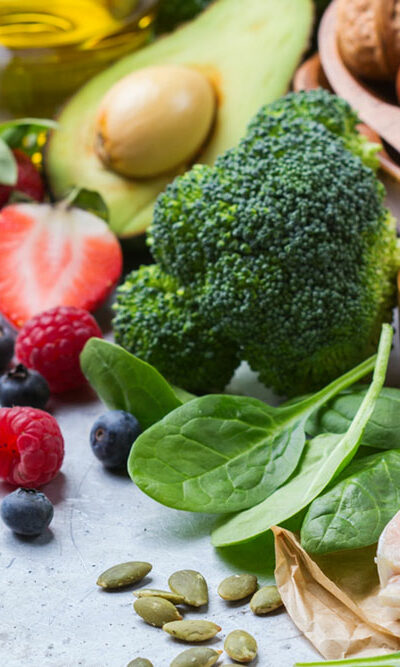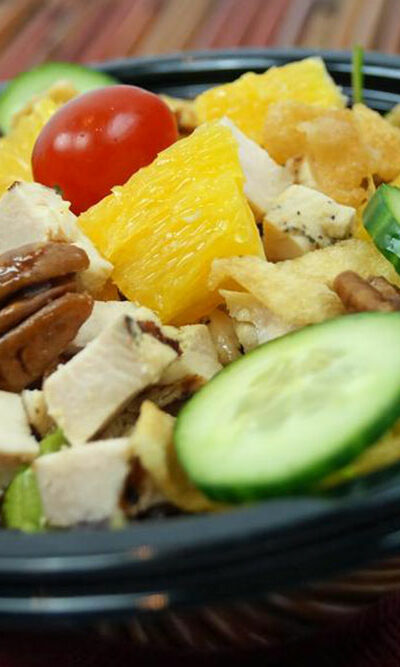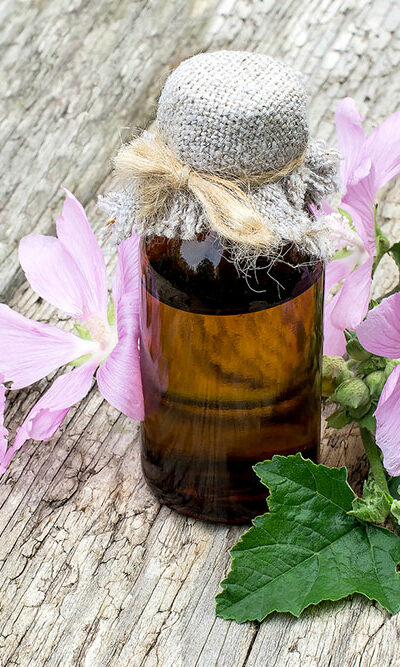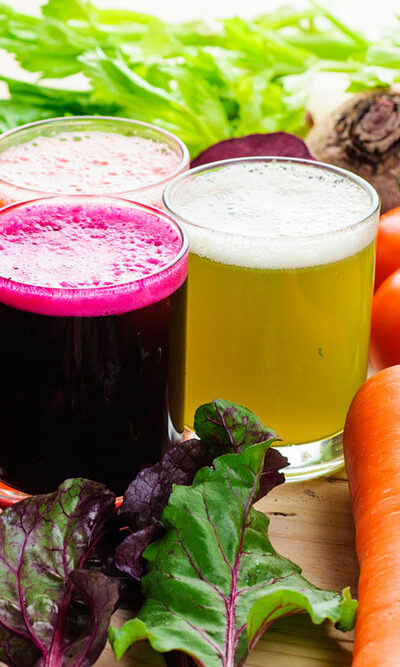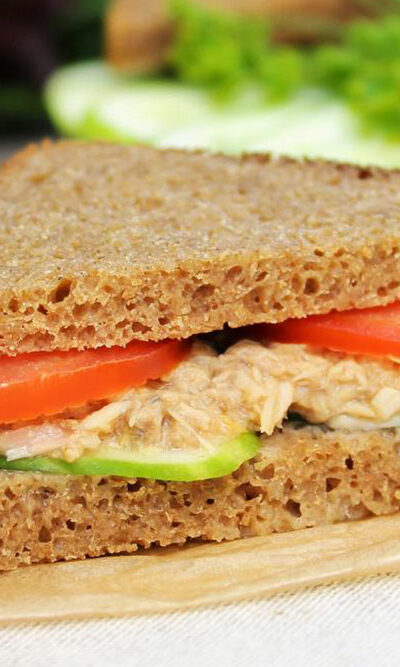
5 Ways to Effectively Prevent Under-Eye Wrinkles
Having wrinkles, especially near the under-eye area, is a common complaint among many people, but these surface naturally once a person is in their 40s. However, it could be a cause of concern if wrinkles start appearing in the late 20s or early 30s. Premature wrinkling around the eyes could occur due to multiple factors including genetics, stress, constant sun exposure, and unhealthy lifestyle choices. However, there are some helpful preventive measures that can be taken to keep under-eye wrinkles at bay for as long as possible. Start with a moisturizer The under-eye area has a thinner skin compared to the rest of the face, which makes it extremely sensitive. It can quickly lose hydration, leading to premature fine lines and wrinkles. So, you should always moisturize to avoid dryness. We’d recommend investing in a moisturizer that is specially designed for delicate under-eye skin. This is because regular face moisturizers can be harsh and will cause inflammation and stinging in your eyes. When you are buying an under-eye moisturizer, look for ingredients like retinol, vitamin A derivative, growth factors, and peptides. These encourage collagen production that is instrumental for taut and younger-looking skin. Be gentle on your skin You might not realize it, but unwittingly you might be harsh on your skin while applying or removing eye makeup that could eventually cause fine lines and wrinkles. The bottom line is that you should be gentle while putting makeup around the eye. We also suggest you to use soft cotton pads instead of cloth to gently remove eyeliner, mascara, or eyeshadow. Don’t skimp on sun protection One of the major reasons for premature under-eye wrinkles is consistent sun exposure. It can darken and dry the under-eye skin. So you should regularly apply a broad-spectrum sunscreen whenever you step out. In addition, consider purchasing a pair of sunglasses that render UV protection.





